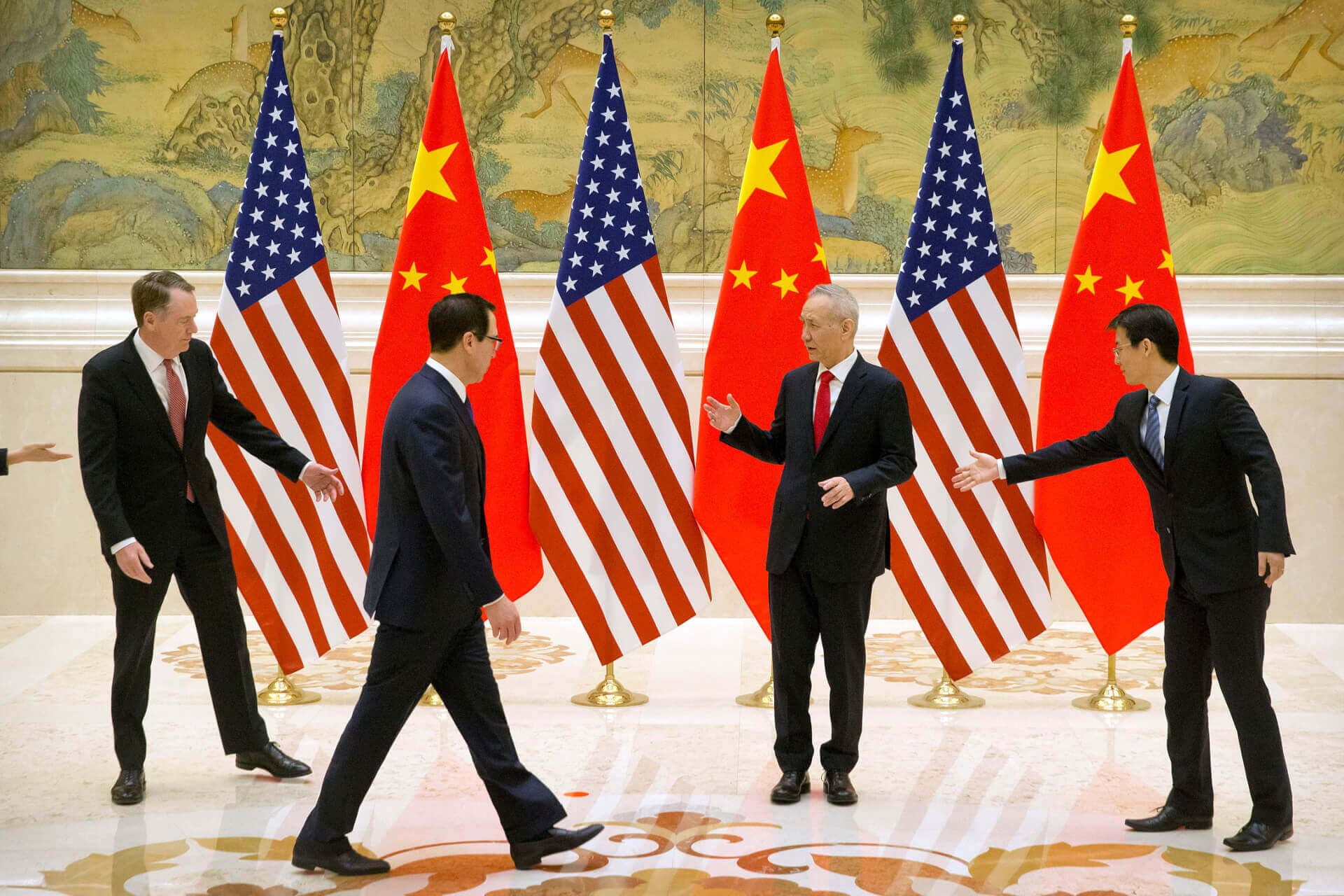United States (US) Deputy Secretary of State Wendy Sherman visited China earlier this week and engaged in meetings with several high-level Chinese diplomats. The visit was significant because, against the backdrop of the tense US-China relationship over the past few years, Sherman is the most senior US official to visit China in months. Following her much publicised meeting with Chinese Vice Foreign Minister (FM) Xie Feng, the Vice FM claimed that the fundamental reason for the deadlock in China-US relations is that “some Americans” view China as an “imagined enemy.” As China goes from strength to strength and expands its sphere of influence, both literally and figuratively, particularly in the strategic realm, it has naturally left the US watching its progress closely. Under such circumstances, can it really be argued that any American policymakers only view China as an “imagined enemy?”
The US has long watched China’s strategic manoeuvres with suspicion and hasn’t shied away from publicly voicing its concerns about them or matching them.
For example, President Xi Jinping’s foreign policy centrepiece, the Belt and Road Initiative (BRI), has facilitated China’s direct entry into more than 167 countries worldwide and given it access to crucial strategic resources, such as the Hambantota port in Sri Lanka, the electric supply in Laos, and the copper industry in Zambia. Likewise, through investments in Djibouti, China has been able to station an active military base at the biggest and deepest strategic outpost of Doraleh in the Horn of Africa, giving it strategic access to the Arabian Sea, the Indian Ocean, and the Persian Gulf.
Against this backdrop, the US has criticised the BRI model by calling it “predatory” and pressured allies and partners not to join. Yet, acknowledging the threat the BRI poses to its own interests, the US has simultaneously wasted no time in introducing a similar model of its own. At the G7 summit in Cornwall, United Kingdom (UK) last month, US President Joe Biden introduced the Build Back Better World Initiative (B3W). According to the White House, the B3W commits the world’s major democracies “to concrete actions to help meet the tremendous infrastructure need in low- and middle-income countries.”
Such countermeasures have not gone unnoticed by Beijing. “Washington has been trying to contain China, thinking that will solve its problems as if the only way for the US to become great again is to contain China’s development,” Vice FM Xie noted after his latest face-to-face meeting with US diplomats this week.
The US is also aiming to counter Beijing’s influence in the South China Sea (SCS). Washington has called it a “crucial region” and a high-level US delegation is currently on an introductory trip to countries that have conflicting territorial claims against China in the SCS. The US has also upped its Indo-Pacific strategy to ensure Chinese containment.
In January, the US declassified its strategy to ensure American primacy in the Indo-Pacific. Unsurprisingly, the document highlights China and North Korea as the biggest threats to the interests of the US and its allies in the Indo-Pacific. “Beijing is increasingly pressuring Indo-Pacific nations to subordinate their freedom and sovereignty to a ‘common destiny’ envisioned by the Chinese Communist Party,” former National Security Advisor (NSA) Robert O’Brien admitted in a statement. O’Brien had said that the US seeks to ensure that its “allies and partners....can preserve and protect their sovereignty.” However, the diplomat acknowledged that the framework “recognises that a free and open Indo-Pacific depends on robust American leadership.” “As the world’s largest economy, with the strongest military and vibrant democracy, it is incumbent on the United States to lead from the front,” he concluded. The statement made clear that the US clearly views China’s every move with an abundance of caution and suspicion, and often mirrors these moves to drive its own strategy.
In the same vein, while the US has bashed China for its aggression in maritime regions beyond its accepted legal limits, it has also refrained from ratifying the United Nations Convention on the Law of the Sea (UNCLOS), which would then bind it to similar standards of action in the high seas.
Even the Arctic, which is still a relatively unexploited territory, has also been converted into an arena for great power politics. Both countries have staked a claim in the region and made it a base for their operations. As part of the Polar Silk Road initiative, China has been setting up new freight routes in the region and has also announced plans to launch a satellite by 2022 to track shipping routes and monitor changes in sea ice. Similarly, the US Air Force has been speculated to be spending “in the neighbourhood of $6 billion” annually on its operations in the Arctic.
American hypocrisy when it comes to obeying international norms and laws is a topic that has been written about extensively. The US’ motives for disregarding these customs and laws, however, are becoming more and more centred around China, in that it now has even less incentive to abide by them, because doing so would risk ceding ground to China. Ultimately, what this shows is that the US doesn’t just view China as an emerging competitor, much less an “imagined enemy,” but as an equal.
The US Does Not See China as an “Imagined” Enemy, Despite China’s Claims
As the latest meeting between US and Chinese diplomats, Chinese Vice FM Xie Feng blamed the US for considering China an “imagined enemy.” But their track record proves that the claim lacks validity.
July 30, 2021

SOURCE: BROOKINGS
